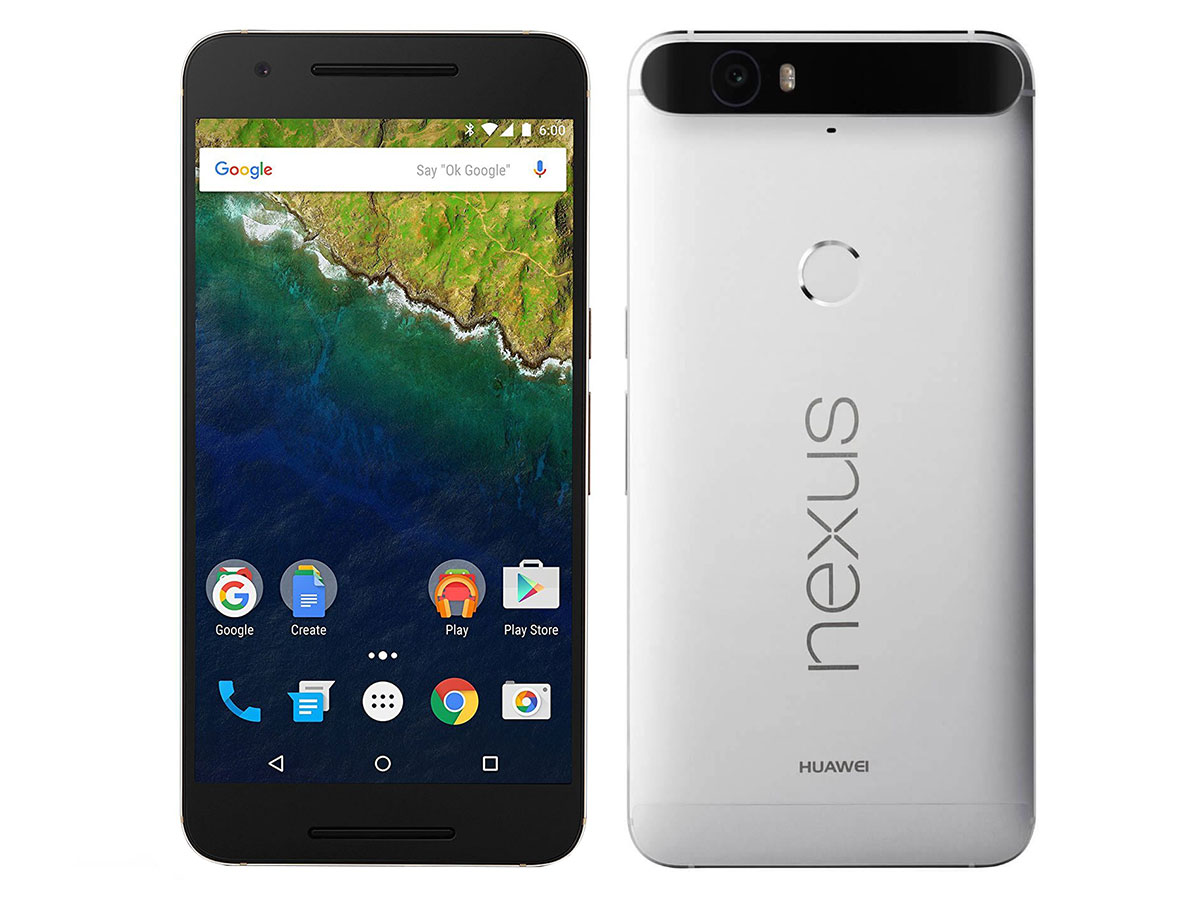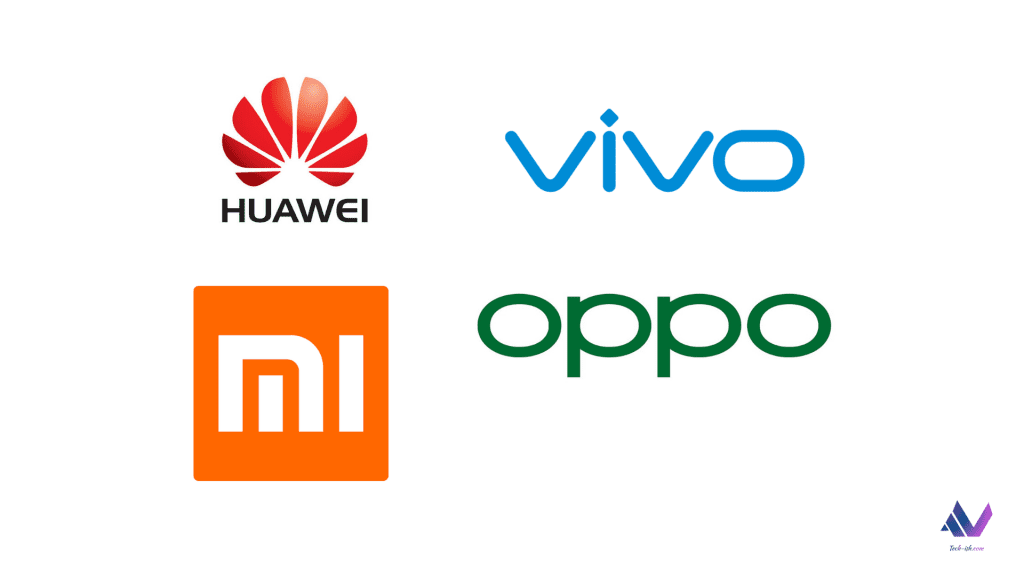
Yesterday Google decided to show the world the upcoming Pixel 6 and Pixel 6 Pro. The company gathered US tech media and showed them the phones. Google also shared renders of the devices online, listed it on their Google Store, and tweeted a lot to build up hype.
It is usual for Google to share information about their upcoming phones before launch, so this was nothing new. However, this time around Google was very clear they’re making the Google Phone. A flagship. A device they want to compete with all other smartphones.
While to some this may pass as empty talk all in efforts to sell the devices, that isn’t the case this time around. Google is now seriously getting into the smartphone market. They want to be visible. They want significant market share. And while that may sound exciting for everyone in the Western World, this move could elicit weird reactions from other Android makers.
A history of ‘Google phones’
Over time, Google has had programs where stock Android has been offered, and updates have been controlled by Google.
In 2010, the first Nexus device was announced. The Nexus program was a way of Google showcasing Android without the tweaks, skins and other stuff manufacturers were adding when launching their own phones. So Google would collaborate with a manufacturer e.g. Samsung, HTC, Huawei etc. to make a Nexus device. The program ran until 2015 when Huawei made the Nexus 6P.
In 2013, Google while the Nexus program was running, Google ran the Google Play Edition program where flagship phones would launch versions with untouched Android. So no skins, no tweaks, just vanilla Android. Samsung, HTC, Motorola and Sony all at some point launched Google Play Edition versions of their flagships. And these devices were sold exclusively through the Google Play Website.

For both the Nexus and Google Play Edition phones, Google would handle the software. The phones would come with Google Apps preloaded and would receive updates directly from Google in a timely fashion.
Both programs however came to an end. The Nexus program gave birth to the Google Pixel smartphones in 2016. Meanwhile, the Google Play Edition Program sought of birthed the Android ONE project. The project has since also slowly died away.
So why is the Pixel 6 Significant?
Well, all those “Google phones” from the different programs explained above, including the Pixel smartphone lineup launched in 2016, have had one thing: Google never had full control over the hardware.
With the Nexus program, the hardware was designed by Google but actually built by the other company Google would partner with. With the Play Edition program, everything in terms of hardware was done by each independent maker. It is only with the Pixel lineup that Google got more hardware control after acquiring the HTC Design team. However, even with that, Google still had to rely on Qualcomm for the processors on their Pixel Phones.
This is changing with the new Tensor SoC. With the Pixel 6, Google will now be making a phone that’s completely closed, and through-and-through controlled by them. That’s why this is being called the Google Phone.
And the reason this could be bad for other Android makers is that over the years, Google has continued to exert control over Android; shifting many things from being open source to being closed-source and introducing licensing nightmares.

Some Android makers already use their own chips. Samsung has Exynos while Huawei has Kirin. Others use the Qualcomm Chips while others use Mediatek chips. It is therefore not a big deal to have your own chip.
The issue however is this: With all the control Google currently has over Android as an operating system, how will they change the landscape, the rules, the requirements, now that they also make their own chips?
Google Control
Before the popularity of Android, everyone knew it as an Open Source project. That’s why Android runs on very many devices; phones, TVs, tablets, consoles, and more. However, over the years, while it is still maintained as an open-source project, Google has slowly closed-sourced certain features for reasons like security, launching its own branded apps, and basically having control.
Things like the Calendar, Music, Gallery, Keyboard and more which were all open source slowly went away when Google launched its own closed versions. These Google versions came to the Play Store, and then became part of the official bundle on Android phones.
Even things like location services are controlled by Google. That’s why apps like Uber will not run on Android phones that don’t have Google Services.
Android now is at a level where it is basically a Google product. Yes, parts of it are open source, yes you can use those parts, but to have a coherent operating system, you need to either work and build your own solutions or switch to Google’s complete version. Which means following everything they say or losing your license.

Device manufactures are also forced to have all these Google Apps on their devices. This is both thanks to the current popularity of the apps, the fact that a lot of features won’t work without these apps, and to the fact that to get the licensing to Google Services, Android makers must pass compatibility tests that ensure they just can’t wake up and make their own independent forks (versions) of Android if they wanted to.
It is a situation where manufacturers are dammed if they don’t allow Google Apps and dammed if they do. That’s why over the years we’ve seen a lot of bloatware apps on many devices from different manufacturers. On many phones, you will find two email apps, two calendar apps, two gallery apps etc. One is by Google and the other is by the manufacturers.
Companies like Samsung, and OPPO have found ways to build their own control over their Android devices by including their own accounts systems, their own syncing mechanisms, and even their own app stores. This way, they not only seem different, but they also get to have a fallback plan in case things get messy. And things have gotten messy pretty recently.
The Huawei ban:
When the Trump administration decided they were going to do everything to frustrate Huawei, the last thing anyone expected was for Google to effectively join in. One can argue there was nothing the company could do after the US government said American companies shouldn’t trade with Huawei. However, given Android was an open-source project, and given Huawei had been a long term partner, there’s a lot more Google could have done to keep Huawei on board. They could have protested, they could have found workarounds for allowing Google Services, and much more.
Instead, Google very quickly pulled Huawei’s license. And Huawei was forced to start its own journey with Harmony OS.
With most Android makers being Chinese companies, the Huawei ban was a wake-up call not just on the level of control and power Google and the US government have, but also the fact that they’re willing and ready to wield it however they choose to, whenever they want.
And now that Google is making its own processor, after closing down on the operating system, what power do smaller companies relying on the Android project have? What can they do should Google (or the US government) decide to exert whatever forms of control they have up their sleeves?
With Huawei’s exit from Google-controlled Android, within a few years – hopefully – we will now have a significant another operating system to rival Android and iOS.
However, Google’s licensing rules make it hard to know if companies will be allowed to test or even launch devices running Harmony OS while still making phones as they currently do.
If says OPPO wants to adopt Harmony OS, can they do so and still launch normal Android Phones? And if they are allowed, what features will they not be allowed to have? Will they be forced to exclude certain things? Will they be forced to handle certain currently Google-controlled features on their own?
Pixel exclusivity
If you’ve noticed, with recent Android updates and launches, Google has slowly been introducing Pixel Exclusive features. Sometimes these features have come to other Android phones, but things like Screening of phone calls, automatic music identification, and some photo editing features are yet to reach other Android users.
Google is slowly but surely building up Pixels to be seen as being very different from other Android phones.
So you can imagine all the new features they will now be able to make exclusive to their lineup of smartphones now that they make their own processor. And these will be features that will be hard to replicate across normal Android devices because of the vast differences in design, power and performance of the different processors used across different Android phones.
After fighting fragmentation for years, it seems the next frontier by Google is to completely close in on themselves?
Saving Grace
With Android being the biggest operating system in the world, Google enjoys a huge reach for its services. Millions of people have access to different Google services from their Android handsets. And these can be as cheap as $50 phones, or as expensive as $1200 flagships.
Google will be looking to getting a similar sort of revenue model as Apple has where it extracts as much value as possible from an iPhone owner over the period of time the user has the device. And they can only do this by having users not only access these Google services but also having the phones running for long.
This means it is in Googles’ best interests to have as many Android makers as possible still making phones, and making a profit from selling those phones. If these companies feel hurt or threatened, Google needs to find solutions to their issues because Google can never reach the markets and the number of people these companies reach.
However, Google needs to know that over a period of time, things can change. And if they don’t realise when things seem wrong, they could lose the power they have from alienating partners who find other workarounds. And we’ve seen these partners try out their own workarounds.

Back in 2020, Huawei, Vivo, Xiaomi, and OPPO came together to build the Global Developer Service Alliance (GDSA) which was viewed as a way of them fighting Google’s Play Store. From one centre, you’d be able to push your apps across all the stores owned by these parties. Huawei said it wasn’t part of the project, and the alliance has seemingly never taken off.
Software remains the main issue for most Chinese smartphone makers. They have hacked it on hardware. The quality and design of their phones is already top-notch. Some companies like Xiaomi and OPPO already boast the fastest levels of fast-charging. These companies already make crazy cameras. And much, much more.
In China, these companies already use their own customisations of the Android Open Source Project (AOSP) without Google control. If these companies ever find a solution to Google’s control on software across the rest of the markets in the world, don’t you think they’d jump on that train immediately?







